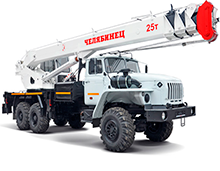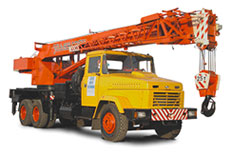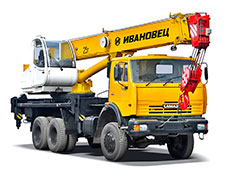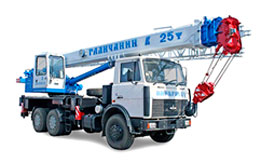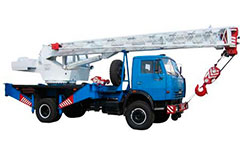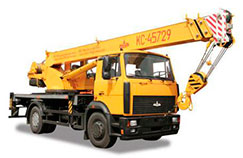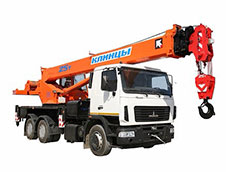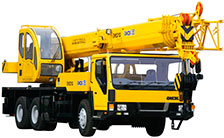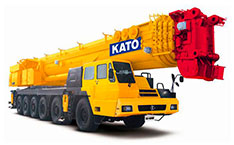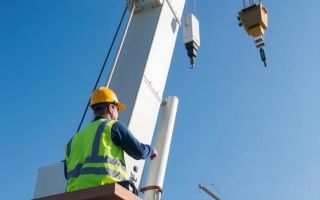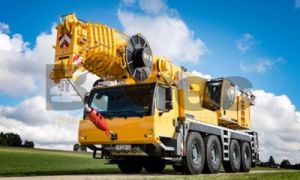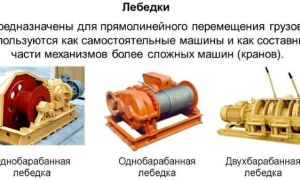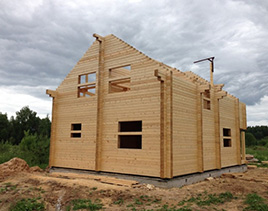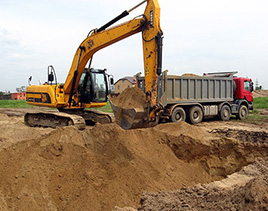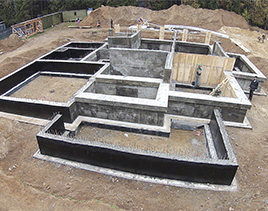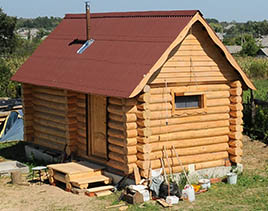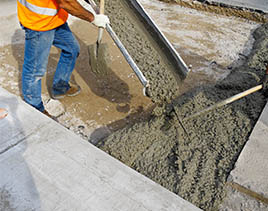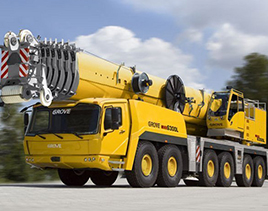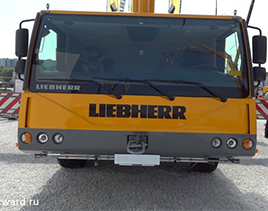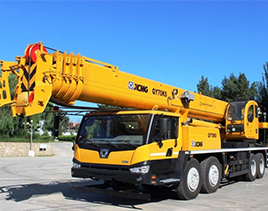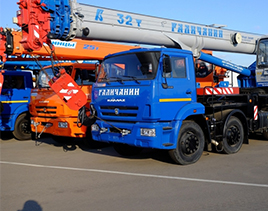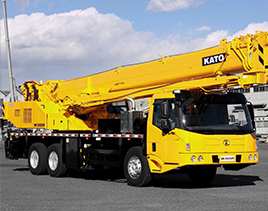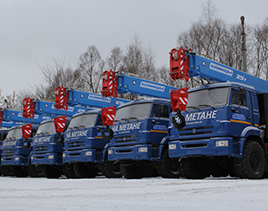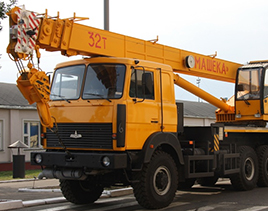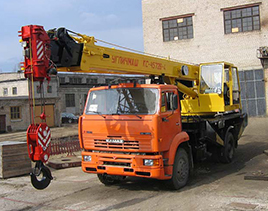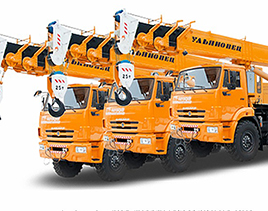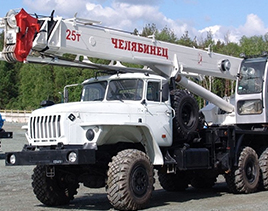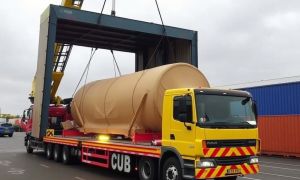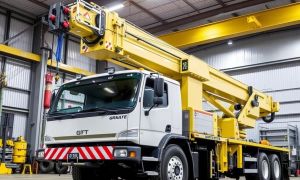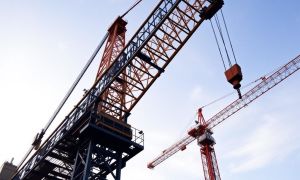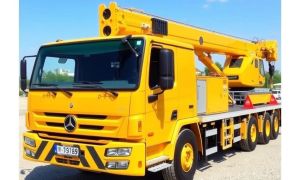Introduction to Mobile Crane Operations

Mobile crane operations are a common sight on construction sites, industrial yards, and various heavy lifting environments. These powerful machines have the capability to lift and move massive loads, often in tight or complex conditions. However, the sheer strength and flexibility of mobile cranes come with inherent risks, especially when the operator’s view is obstructed or the load swings unpredictably. This is precisely why the role of a signal person is indispensable in mobile crane operations. A signal person acts as the eyes and voice for the crane operator, ensuring that every lift is executed safely and efficiently.
The synergy between the crane operator and the signal person can mean the difference between a smooth, accident-free lift and a dangerous mishap. Understanding the responsibilities, communication methods, and safety protocols tied to the signal person role can illuminate just how critical this position is for successful mobile crane work.
Who is a Signal Person?
Simply put, a signal person is a designated individual who uses standardized hand signals, voice commands, or radio communication to direct the movements of a crane. The job requires sharp focus, quick thinking, and a thorough understanding of crane operations and safety standards. In many jurisdictions and industries, having a qualified signal person is mandatory whenever the crane operator cannot clearly see the load or the intended placement spot.
A signal person’s training typically covers an array of topics—from crane terminology and safety procedures to emergency response and communication techniques. This training ensures that they can accurately interpret and convey instructions to the crane operator while also being vigilant of any potential hazards around the operation site.
The Importance of a Signal Person in Mobile Crane Operations
A mobile crane is a potent tool, but it thrives on precise control. The operator is often seated high above the ground or in a compartment with limited visibility. Loads can be bulky, swing unexpectedly, or require delicate placement among other structures and personnel. Here lies the difficulty.
Without a clear view, the operator is reliant on their signal person to:
- Provide continuous guidance on load positioning
- Alert the operator to potential hazards
- Coordinate with other site workers to maintain safe distances
- Ensure that the crane moves smoothly within site constraints
The presence of a skilled signal person reduces the chance of collisions, load drops, or unintended contact with other equipment or structures. It is no exaggeration to say that the signal person literally safeguards lives and property by facilitating accurate crane maneuvers.
Core Responsibilities of a Signal Person
Every element of a mobile crane lift depends on clear and effective communication. The signal person carries multiple key responsibilities, including:
1. Establishing Clear Communication
Communication comes in several forms: standardized hand signals, two-way radios, or audible commands. The signal person must ensure that the operator understands every instruction with no room for ambiguity. A poorly given signal can cause serious accidents, so precision is critical.
2. Assessing Site Conditions
Before any lift, the signal person surveys the environment to identify possible hazards—overhead power lines, uneven terrain, crowding by workers, or nearby equipment. They might advise repositioning the crane or adjusting the lifting plan accordingly.
3. Monitoring Load Stability
A signal person keeps an eye on the load’s behavior as it is lifted. They watch for signs of swinging, twisting, or unexpected movement and communicate any necessary corrections promptly.
4. Coordinating Movements
This role extends beyond simply directing the crane. The signal person ensures that other personnel move to safe zones and that the overall operation proceeds smoothly without interruptions or confusion.
5. Stopping Operations in Emergencies
If the signal person observes any unsafe condition or a sudden emergency—like equipment failure or a person entering a danger zone—they have the authority (and responsibility) to signal the operator to halt the lift immediately.
Common Signals Used by Signal Persons
Standardized signals are crucial for eliminating misunderstandings during crane operation. The Occupational Safety and Health Administration (OSHA) and other regulatory bodies provide guidelines for recognized hand signals. These signals are simple, deliberate movements that convey clear commands such as “hoist,” “lower,” “stop,” or “move left.”
Here is a table summarizing some of the common hand signals a signal person uses:
| Signal | Meaning | Motion Description |
|---|---|---|
| Hoist | Raise the load | Arm extended upwards, index finger pointing up, move in small circular motion |
| Lower | Lower the load | Arm pointing downward, index finger pointing down, move in small circular motion |
| Stop | Stop crane movement | Arm raised vertically, open hand with palm facing operator |
| Move Slowly | Operate crane slowly | Arm extended, palm down, move hand back and forth horizontally |
| Move Load Left | Crane or load move left | Arm extended horizontally, fingers pointing left, motion left |
| Move Load Right | Crane or load move right | Arm extended horizontally, fingers pointing right, motion right |
In addition to hand signals, voice communication and radios often back up the messages to reduce opportunities for mistakes, especially during noisy environments.
Safety Protocols and Regulations Governing Signal Persons
Given the high stakes of mobile crane operations, safety regulations emphasize the critical role of signal persons. According to OSHA standards, whenever an operator’s view is obstructed, a qualified signal person must be used. This regulation applies to workplace environments ranging from construction sites to manufacturing plants.
Training for signal persons generally covers:
- Comprehensive knowledge of crane types and controls
- Mastery of the standardized signaling system
- Recognition of hazards and site safety rules
- Emergency procedures and stop signals
- Effective communication skills under pressure
Employers must ensure that signal persons are competent and certified where required. Regular refresher training and on-the-job assessments help maintain high performance and awareness.
Challenges Faced by Signal Persons
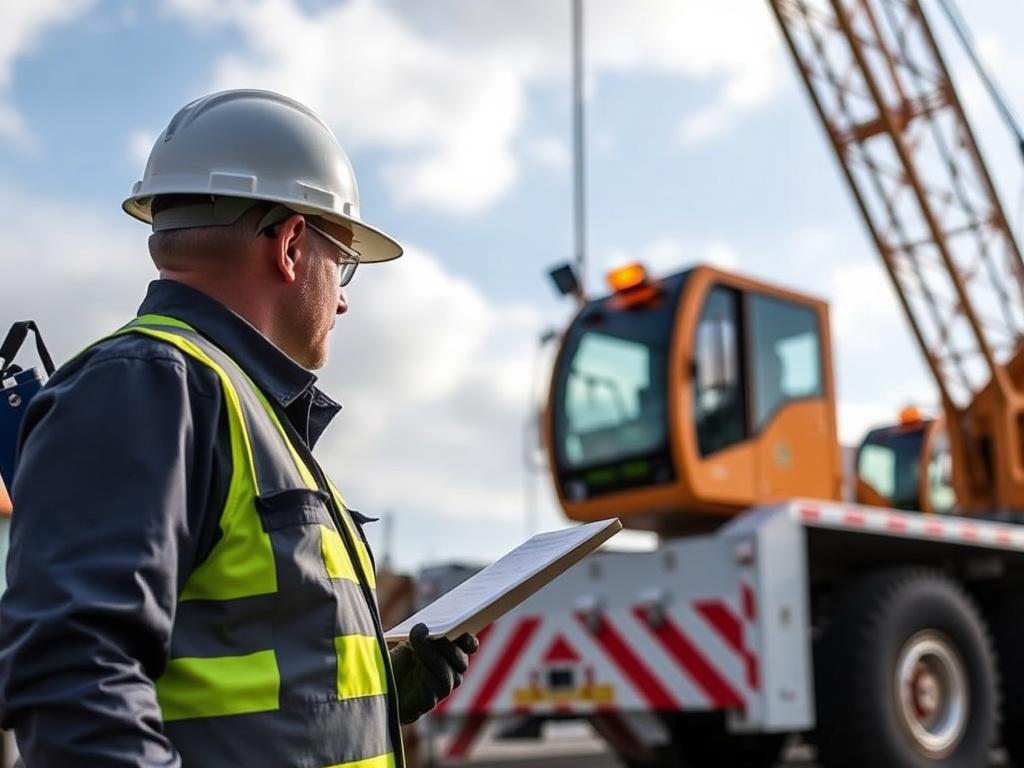
Although the signal person role is vital, it is not without its challenges. Some common difficulties include:
Poor Visibility or Weather Conditions
Fog, rain, dust, or darkness can reduce visibility, complicating the signal person’s job. They must adapt by using radios or other communication tools, but even then, the risk is elevated.
Environmental Noise
Heavy equipment noise, machinery, or ongoing site activity might drown out verbal commands. This scenario highlights why hand signals remain the preferred communication mode.
Fatigue and Concentration
The signal person must maintain constant vigilance throughout the lift, often working long shifts. Fatigue can lead to delayed or incorrect signals, endangering the entire operation.
Site Complexity
Complex or crowded sites require abundant coordination with other workers and machinery. The signal person must multitask and keep track of numerous factors simultaneously.
Technological Advances and the Signal Person’s Role
While the traditional signal person remains integral, advances in technology are reshaping some aspects of the role. Cameras mounted on cranes provide operators with better sightlines, and sensors may detect proximity hazards automatically. Remote-controlled cranes and automated warning systems are also emerging tools to enhance safety.
Nevertheless, technology supplements but does not replace the human judgment and experience that signal persons bring. Their ability to interpret dynamic site conditions, anticipate risks, and communicate intuitively remains unmatched.
Essential Skills for a Successful Signal Person
For those aspiring to become effective signal persons in mobile crane operations, the following skills are crucial:
- Attention to Detail: Observing subtle changes in load behavior or site conditions.
- Clear Communication: Using signals precisely and confirming messages.
- Decisiveness: Taking prompt actions in emergencies.
- Situational Awareness: Understanding the big picture of the construction environment.
- Physical Stamina: Standing, gesturing, and maintaining focus for long periods.
- Interpersonal Skills: Cooperating with operators, supervisors, and ground staff.
Best Practices to Enhance the Signal Person’s Effectiveness
To maximize the positive impact that signal persons have on mobile crane operations, best practices include:
- Pre-Lift Briefings: Signal persons and operators should review the lift plan, site layout, and hazards beforehand.
- Use of Standardized Signals Only: Avoid improvising to prevent confusion.
- Clear Line of Sight: Position the signal person where the operator can easily see their signals.
- Regular Training: Keep skills sharp and stay updated on regulation changes.
- Effective Use of Technology: Integrate radios and cameras without over-relying on them.
- Adequate Rest Breaks: To prevent fatigue-related errors.
- Emergency Drills: Practice stop signals and evacuation protocols.
Summary Table: Signal Person vs. Crane Operator Responsibilities
| Role | Key Responsibilities | Focus Areas |
|---|---|---|
| Signal Person |
|
Site awareness, communication, safety |
| Crane Operator |
|
Machine control, load handling, safety |
Case Study: How a Signal Person Prevented a Major Accident
Consider a scenario where a large steel beam needed to be moved over uneven terrain with low-hanging electrical lines. The operator’s view was limited, and the risk of contact with the power lines was high. The signal person carefully monitored every load movement and noticed the beam swinging dangerously close to the lines. Without hesitation, the signal person signaled the operator to stop and reposition the load. This quick action averted a potentially fatal electrocution and equipment damage.
This example underlines how signal persons contribute not just to smooth workflow but to the preservation of life and property during crucial crane lifts.
The Future of Signal Persons in Crane Operations
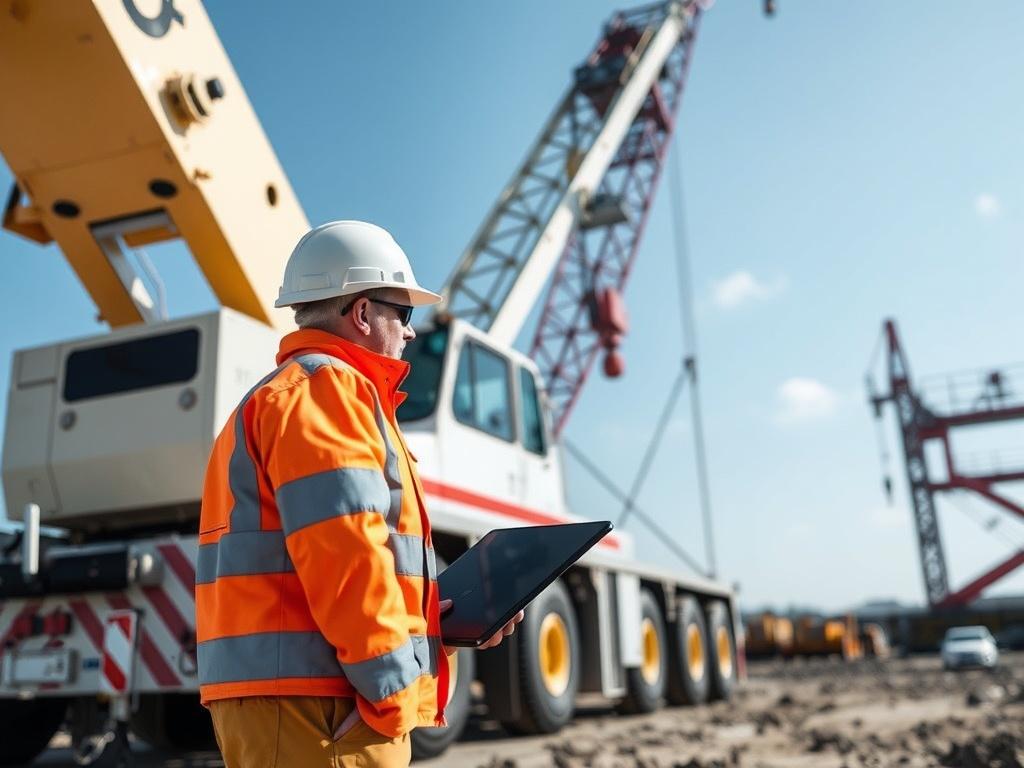
Looking ahead, the role of the signal person is likely to evolve alongside construction technologies and site management methods. Augmented reality (AR) and advanced communication tools may empower signal persons with real-time data and visual overlays to enhance decision-making. However, the need for a human presence to interpret unexpected situations and coordinate ground activities will persist.
Training programs will also increasingly incorporate virtual simulations, allowing signal persons to practice in controlled, risk-free environments before stepping onto live sites.
Final Thoughts: Why Every Mobile Crane Operation Needs a Competent Signal Person
Operating a mobile crane is a complex interplay of machinery, personnel, and environment. The signal person serves as the indispensable link in this chain, guiding the operator safely through every phase of the lift. Their ability to communicate clearly, anticipate problems, and respond swiftly can prevent accidents and ensure that projects move forward without costly delays or injuries.
Investing in qualified signal persons, providing ongoing training, and fostering a culture of safety around crane operations pays dividends in protecting lives and assets. No matter how advanced crane technology becomes, the human judgment and communication offered by skilled signal persons will remain a cornerstone of safe and efficient mobile crane operations.
Conclusion
In the realm of mobile crane operations, the signal person plays an essential role that extends far beyond mere communication. They act as the operator’s guiding eyes and ears, ensuring that every lift is conducted with precision, safety, and awareness. Through thorough training, steadfast attention to their environment, and mastery of standardized signals, signal persons help forestall accidents and improve operational efficiency. While technology continues to advance, the necessity for a competent, vigilant signal person remains unchanged. Their role safeguards not only the loads lifted but the lives of everyone on and around the job site, making them an invaluable asset in the intricate choreography of mobile crane work.

